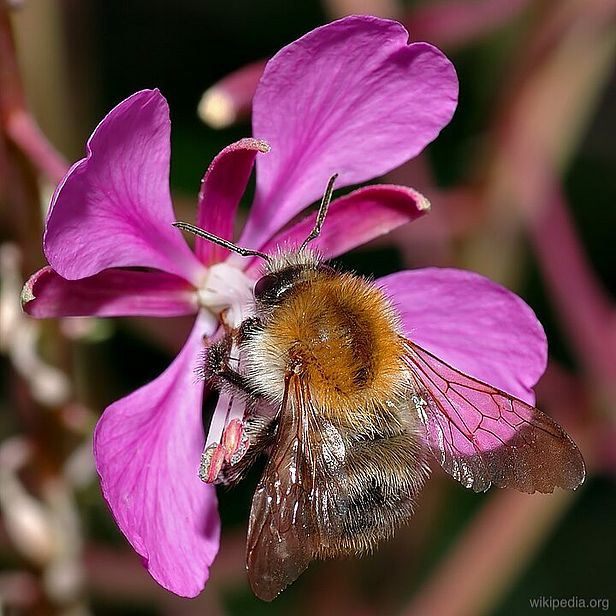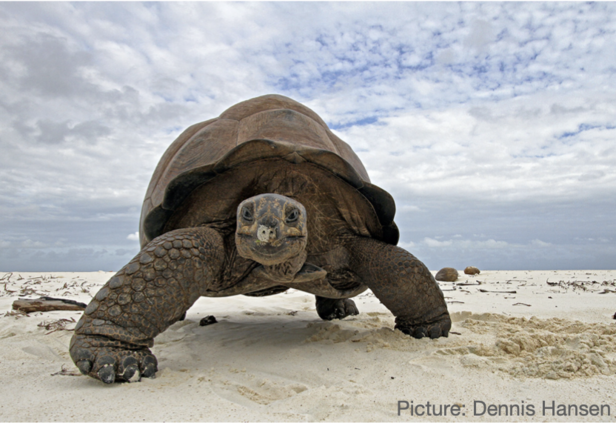Robin, M., Ferrari, GJ., Akguel, G., Von Seth, J., Schuenemann, VJ., Dalen, L., Grossen. C. (2022) Ancient mitogenomes unravel massive genetic diversity loss during near extinction of Alpine ibex. Molecular Ecology 31(13):3548-3565.
Çilingir, F.G., A’Bear, L., Hansen, D., Davis, L.R., Bunbury, N., Ozgul, A., Croll, D., Grossen, C. (2022) Chromosome-level genome assembly for the Aldabra giant tortoise enables insights into the genetic health of a threatened population. GigaScience, doi: 10.1093/gigascience/giac090
Çilingir, F. G., Hansen, D., Bunbury, N., Postma, E., Baxter, R., Turnbull, L.A., Ozgul, A. & Grossen, C. (2022) Low-coverage reduced representation sequencing reveals subtle within-island genetic structure in Aldabra giant tortoises. Ecology and Evolution 18;12(3):e8739.
Kessler, C., Brambilla, A., Waldvogel, D., Camenisch, G., Biebach, I., Leigh, D. M., Grossen, C.* & Croll, D.* (2021). A robust sequencing assay of a thousand amplicons for the high-throughput population monitoring of Alpine ibex immunogenetics. Molecular Ecology Resources 22, 1.
*These authors contributed equally to this work.
Grossen C, Guillaume F, Keller LF, Croll D. (2020) Purging of highly deleterious mutations through severe bottlenecks in ibex. Nature Communications, 11, 1-12.
Grossen C, Biebach I, Angelone-Alasaad S, Keller LF and Croll D. (2018) Population genomics analyses of European ibex species show lower diversity and higher inbreeding in reintroduced populations. Evolutionary Applications, 11:123–139.
Brambilla A, Keller L, Bassano B and Grossen C (2018) Heterozygosity-fitness correlation at the major histocompatibility complex despite low variation in Alpine ibex (Capra ibex). Evolutionary Applications, 21, 433.
Grossen C, Seneviratne S, Croll D and Irwin DE (2016) Strong reproductive isolation and narrow genomic tracts of differentiation among three woodpecker species in secondary contact. Molecular Ecology, 25, 4247–4266.
Grossen C, Keller LF, Biebach I and Croll D (2014) Introgression from domestic goat generated variation at the major histocompatibility complex of Alpine ibex. PloS Genetics, 10, e1004438.



